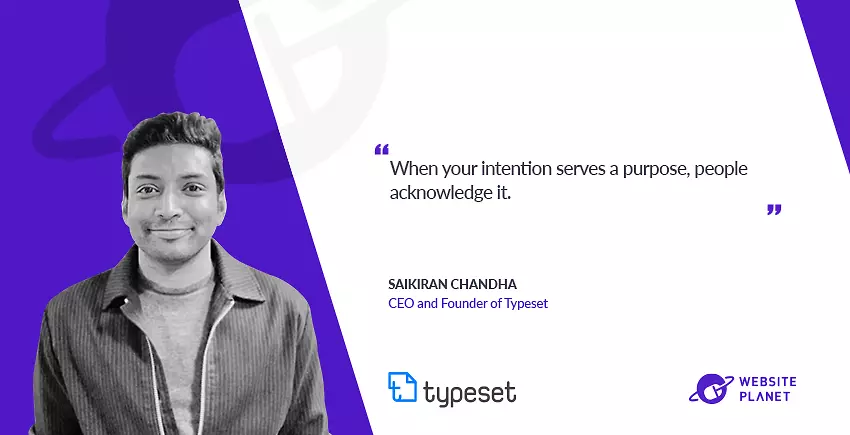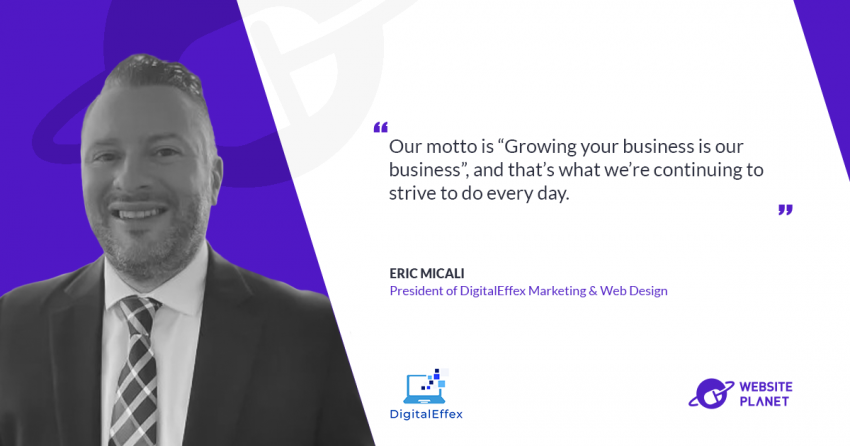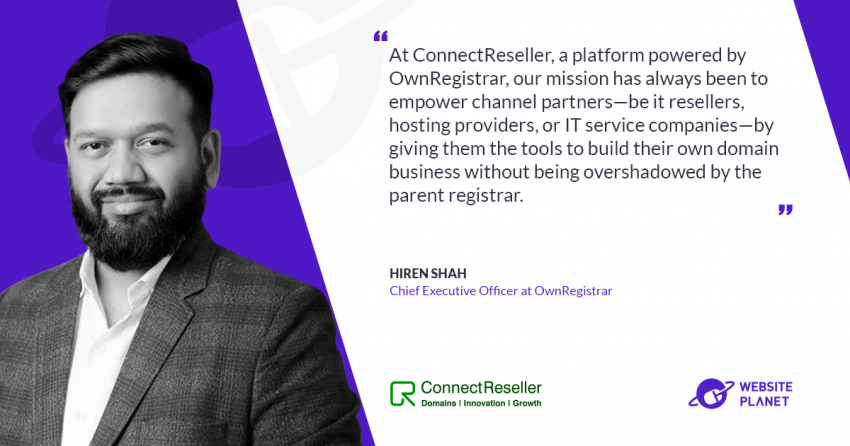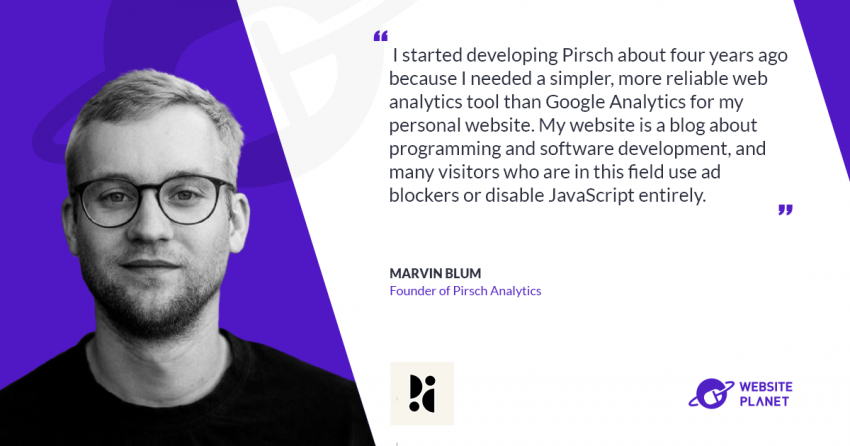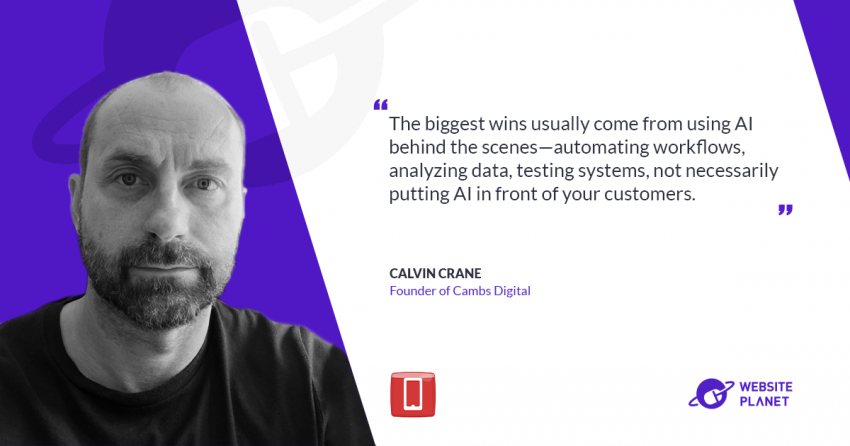We asked him how Typeset helps researchers create and publish their research articles and avoid the risk of rejection
Please describe the story behind Typeset: How did it all start, and how has it evolved so far?
After spending numerous successive fortnights formatting my manuscript (thesis) according to the institutional guidelines, I submitted my thesis, finally. But, before I could even experience a sigh of relief, University rejected my thesis as it failed to meet the institutional formatting guidelines. Though my research topic was fresh and unique, and it enunciated high-quality research metrics, the archaic editing tools I relied on for my document compilation caused the rejection. When I delved deeper into the rejection grounds, I realized many researchers were also facing rejections for formatting errors. Even after investing our valuable man-hours in formatting the document, it was in vain because of the non-collaborative research writing tools. Additionally, reformatting alone is consuming $1 billion of funds; if there was a software or tool to auto-format our paper, these funds could have been used to enhance scientific innovation and growth. Keeping this in mind, I brainstormed and developed a single-page application that helped researchers to auto-format their manuscripts to IEEE journal submission guidelines and presented it at the AngelHack Hackathon. It is infallible that when your intention serves a purpose, people acknowledge it. It happened surreally, and my prototype won the Hackathon. The application received 4K beta requests the same year and witnessed positive feedback! It was the day my idea turned into a reality, and soon I found my co-founder with a similar vision (who faced the same challenge and wanted to disrupt scholarly communication); we decided to build an end-to-end research writing platform for researchers. That’s how Typeset was born in 2016. With amazing responses, great reviews, and significant users signing up every day, Typeset continues to be every researcher’s go-to platform and has witnessed 1M+ researchers and Nobel laureates, from organizations such as MIT, Stanford, CERN, NASA, and the like using it.What services do you offer and who is your main target audience?
Typeset is an end-to-end research writing and collaboration platform specifically designed and developed to create, collaborate, and publish research. We provide solutions to all academic stakeholders, and our core target audiences are Researchers, Publishers, and Universities. A precise portrayal of our solutions.- Researchers – We help researchers to create, auto-format (edit), and submit or publish their research paper within a single platform following a click-click procedure.
- Publishers – We provide well-formatted automated conversion of manuscripts to JATS XML, PDF, HTML, and ePUB (in seconds) and modernize the publisher’s journal production workflow. Also, we offer free XML Converters, and all it takes is less than a minute to convert any documents. So far, we have worked with over 70 top publishers, including SciELO Brazil, Michigan State University Press, HMP Global Journals, American Society of Aging Journals.
- Universities – We provide Typeset Discovery/Dissemination Suite, a Cloud Hosted Institutional Repository that helps universities host, manage, and showcase their research output to gain more visibility and citations to their existing publications. Additionally, we help them rank on Google SERP results.
Has Covid-19 affected you and your entire industry at all?
I belong to an industry (research and education) where open access and research discovery plays a significant role in where our target audiences’ major focus lies. Accordingly, COVID-19 has made the research free, open, and easily accessible for researchers, facilitating more and more research articles publication and accelerating scientific discovery (which is Typeset’s vision). Ideally, COVID-19 has aided the research realm in terms of research discovery and publishing workflow and accelerated scientific progress. So, it has not really affected our business or the industry.How do you envision the future of your industry?
Even in the era of the metaverse, research papers are still getting published in a two-dimensional format, i.e. PDF, where any reader or a researcher can only read the information and hardly interact with the paper. I feel there is a need for a 3D format where an author can dig deeper into the article and interact with the data, leading to perpetual scientific innovations. So, I always concede that the future of academic publishing lies in an uninterrupted acceleration of scientific discovery by making the research article and the data or the scientific knowledge easily accessible to everyone.What can we expect to see from you in the next five years?
In the next five years, our team will lead a sustainable and well-built collaborative, interactive research platform for academicians that fuses all the scholarly publishing stakeholders on the same platform without any hassle. We will soon introduce a platform or a community that connects researchers to researchers, researchers to publishers, researchers to papers, and papers to papers. It will be a place where the scientific community looks more engaged with the scientific papers and seeks unrestricted access to knowledge, which helps us evade the most critical challenges that humanity is facing.Can you quickly explain the necessary steps to submit a research article?
Before Typeset, researchers used to spend several hours or even months on the submission process for research articles, with most of their time dedicated to manual formatting or reformatting of their papers. However, thanks to Typeset, the article submission process has transformed into a quicker, more efficient, and smarter procedure that now takes no more than a few minutes. Our auto-formatting technology and an extensive template gallery broadcasts around 40,000+ submission-ready templates that adhere to the journal’s guidelines (100% submission compliant) and the reason why 1M+ researchers use Typeset. Let’s look into the steps involved while submitting your research work. First, sign up and create your account on Typeset.- Choose a journal template from our Formats Gallery.
- Upload your MS word document (manuscript), or you can write afresh on our tool.
- Once the file is uploaded, Typeset automatically formats your manuscript adhering to the corresponding journal guidelines and provides you with a submission-ready manuscript.
- You can directly submit your manuscript to the journal or download it in PDF, LaTeX, or MS Word, and then submit it to the journal.
